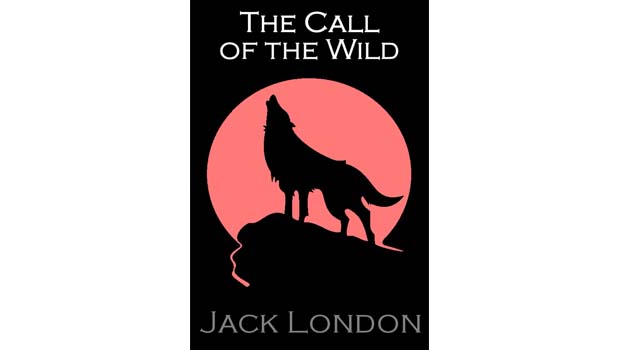Book Talk
The Call of the Wild
by Jack London

Sayan Mukherjee
Buck, the lead character, is a much loved and pampered dog living a comfortable life on a ranch under the loving care of his owner, a wealthy judge who makes his pet want for nothing. Then one day, Buck's life takes a dramatic turn when he's sold off by an unscrupulous servant to pay a debt. He travels in a cage for the first time and is sold in Alaska, where dog-sleds are the primary mode of transportation. Buck has to quickly adapt to his new life as a sled dog and learn how to survive in a dog-eat-dog world where the competition is tough and often deadly. The basic comforts he had hitherto taken for granted, namely abundant food and warm shelter, are replaced by the bare necessities for survival which have to be fought for tooth and claw. Buck learns quickly, his physique and natural intelligence standing him in good stead, all the while improving as a sled dog and ultimately deposing the pack leader, his arch enemy: Spitz. His life changes sharply yet again, as he is sold off to Hal and his wife, people who know nothing about sledding or caring for animals till at last he is rescued by a kind and loving man, his last master: John Thornton. At last Buck finds a master who loves him besides caring for or pampering him. However this happiness is not built to last, his master is murdered by the vicious Yee-Hats, a tribe of brutal savages. In the midst of his anguish, Buck has to find his true self, he has to listen to the Call of the Wild and to answer it to go leaping towards his destiny.
The book was published in 1903, the time of the gold rushes and adventures in vast, unexplored tracts of land. A time before the full use of machinery and sophisticated technology, when often, dog sleds and carts were the only means of communication in the wilderness. London's masterpiece, as it is often hailed to be, explores the heart of those yet-primitive societies on the edges of civilization, through the minds of their beasts.
The book is written as a third-person narrative, continually following the central character and from the point of view of the central character. The language is extremely simple and lucid, and combined with a gripping plot, the book is easy to follow and hence suited for younger as well as seasoned readers. London has explored society from a dog's perspective. However the deeper, darker messages of unbound greed, ambition and ultimately the necessity of adaptability to change are easy to spot. There is an innocence in the way the author has attempted to capture the scene from a dog's point of view, this adds to the simple charm of the book.
One of my early classics, I read this for the first time when I was 9 and I loved it because I loved animals as all children of that age do. Now, when I reminisce about it I relate, with an adult mind, to the other themes in the book. I cannot help but wonder at the complexity of the layers, so deep yet so simply structured. A timeless tale for all.
Read more related topics.




